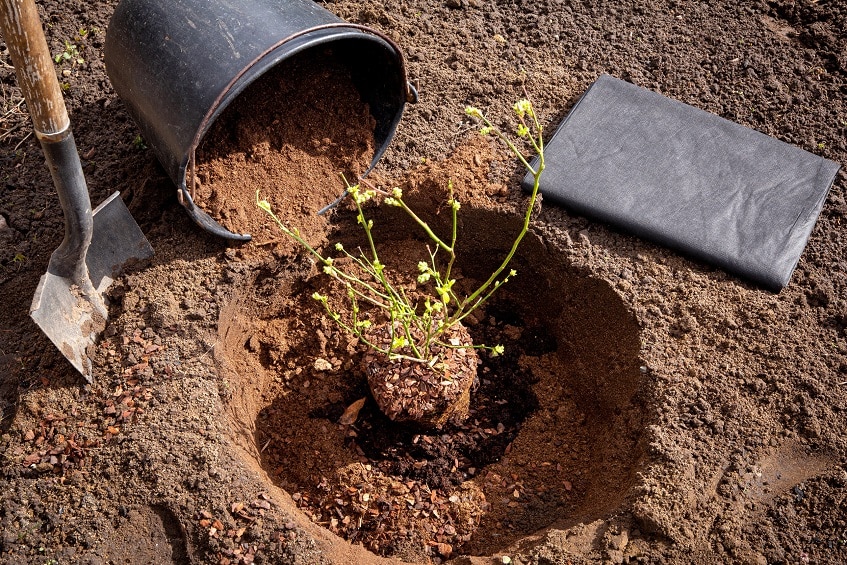The Role of Soil pH in Lawn Fertilization: Understanding Your Lawn’s Needs
The soil pH represents the soil’s level of acidity, which enormously influences the growth of the plants. It is measured on a scale of 1 to 14, where 1 means very acidic and 14 means very alkaline. The lawn thrives at a slightly acidic to neutral level, such as between 6 and 7. If the pH is less than 5 or more than 8, the plants will not survive in the ground, and soil treatment may be necessary for healthy landscapes.

You can do a simple test at home to determine whether the soil in your garden is acidic, alkaline or neutral.
Extract 2 tablespoons of soil from a depth of 15 cm. Put the soil in a bowl and add half a glass of vinegar. If the mixture has an effervescent reaction, the soil is alkaline. If the soil did not react in any way with the vinegar, then it has a neutral pH.
For greater accuracy, you should use a soil test kit, which you can find at specialized stores.
Once you find out the pH of your soil, you can immediately take action if it does not meet the optimal standards. If the pH in the garden is too acidic, that is, below 6, you can add to your garden lime, limestone or ash. Otherwise, add sulfur treatments, composted oak leaves or pine needles to increase the acidity of a much too alkaline soil. In general, regular use of compost will also increase the acidity level.
The post The Role of Soil pH in Lawn Fertilization: Understanding Your Lawn’s Needs appeared first on Revive Lawn Care Products.
Comments
Post a Comment